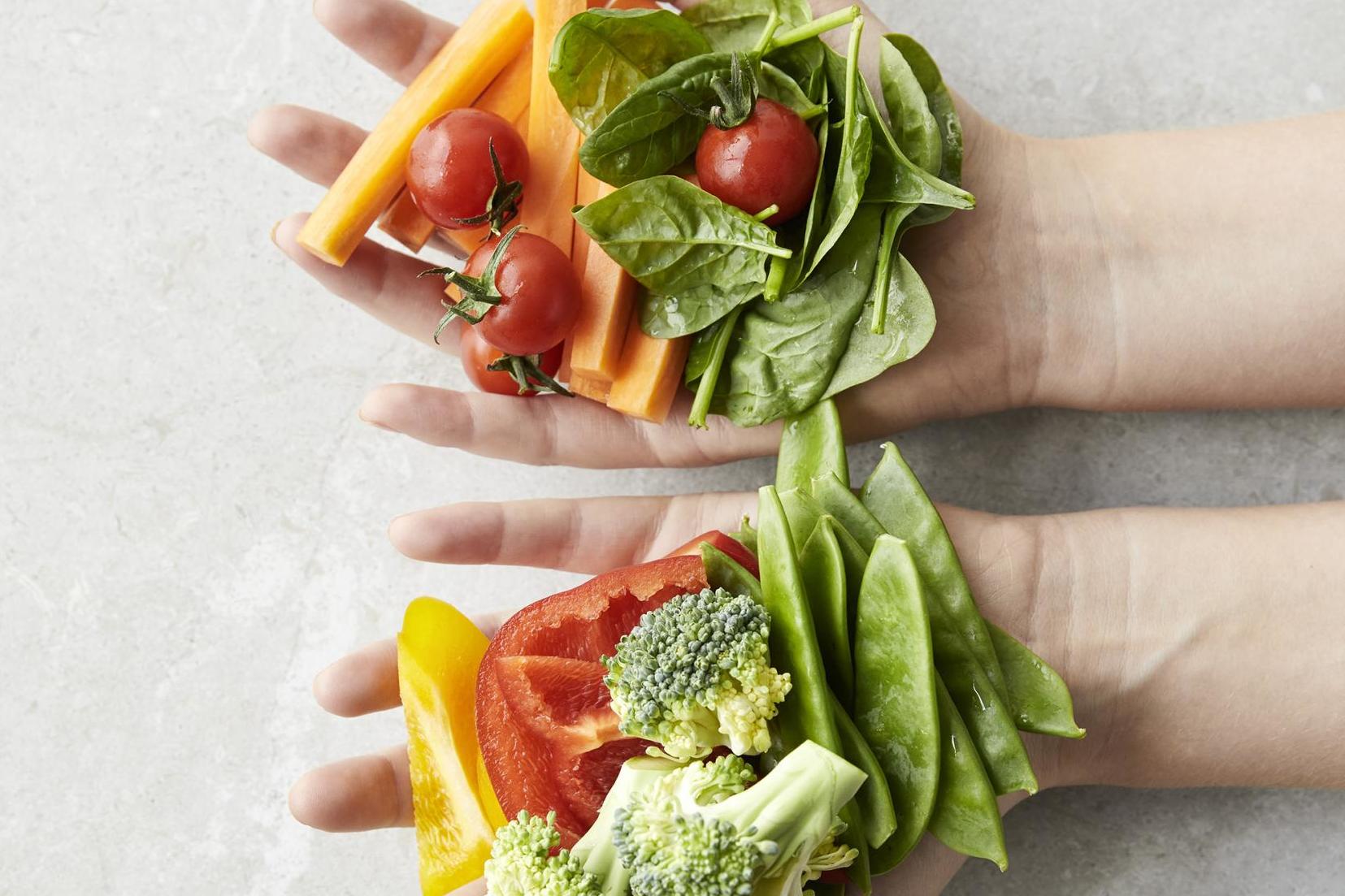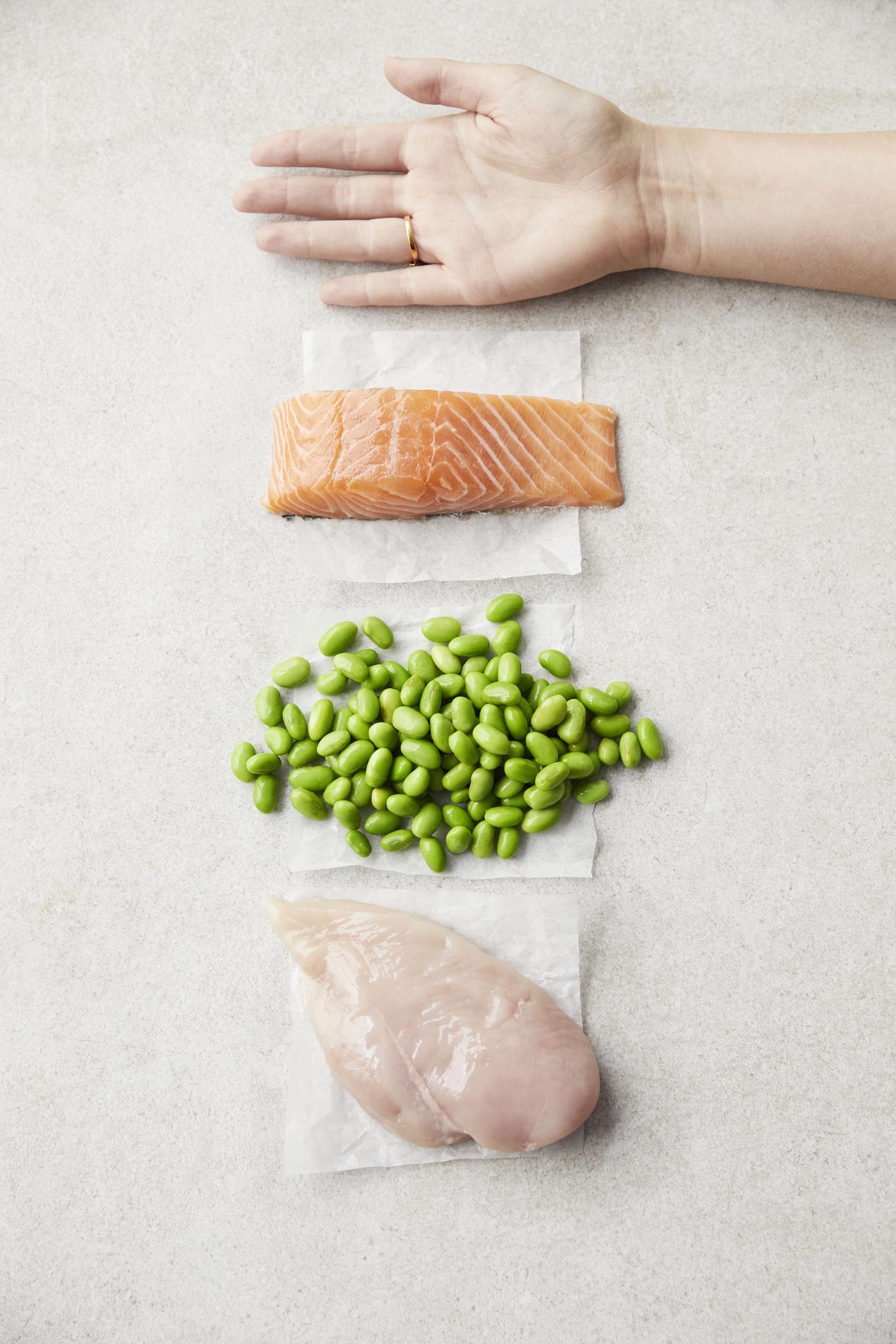The Independent's journalism is supported by our readers. When you purchase through links on our site, we may earn commission.
How to control portion sizes and downsize if needed, according to top nutritionist
Too many of us are overindulging on large portions

Your support helps us to tell the story
From reproductive rights to climate change to Big Tech, The Independent is on the ground when the story is developing. Whether it's investigating the financials of Elon Musk's pro-Trump PAC or producing our latest documentary, 'The A Word', which shines a light on the American women fighting for reproductive rights, we know how important it is to parse out the facts from the messaging.
At such a critical moment in US history, we need reporters on the ground. Your donation allows us to keep sending journalists to speak to both sides of the story.
The Independent is trusted by Americans across the entire political spectrum. And unlike many other quality news outlets, we choose not to lock Americans out of our reporting and analysis with paywalls. We believe quality journalism should be available to everyone, paid for by those who can afford it.
Your support makes all the difference.The amount of food we put on our plates is tantamount to a healthy balanced diet - but how much is too much?
With the irresistible allure of all-you-can-eat buffets and decadent oversized plates, portion sizes are getting larger than ever before, which might mean that we’re also eating far more than we actually need.
However, it’s not just a case of being a little bit gluttonous, as leading Harley Street nutritionist Rhiannon Lambert explains, it’s simply down to wising up to what constitutes a normal portion size for each individual food group and moderating your caloric intake accordingly.

“Everyone’s body is unique and requires different portion sizes to suit their lifestyle,” she told The Independent.
However, there are rough estimations one can make, she added, most of which can be done using your hands.
When it comes to protein, Lambert advises consuming two palm-sized portions daily, with possible sources including meat, fish, tofu or pulses.
There are numerous benefits to having a diet rich in protein, such as increasing muscle mass, promoting good bone health and lowering blood pressure.
It’s also particularly important for active individuals and can help boost daily performance and muscle recovery after a workout.
For fats, such as oils and nut butters, the Re-Nourish author suggests having no more than a serving the size of your thumb. This is because fats are typically the most energy-dense of nutrients and therefore contain the most calories, making portion sizes all the more important, particularly for those who may be trying to lose weight.

As for carbohydrates - a perennial source of contention for foodies and dieters alike - the Harley Street nutritionist suggests opting for a serving that would equate to a cupped hand and favouring complex carbs - such as wholegrain rice and sweet potato - over refined alternatives like white bread and white pasta.
With vegetables, her advised portion sizes are more generous, given the abundance of nutrients and minerals available in veggies that are typically rich in micronutrients and low in calories.
She suggests opting for two cupped handfuls with every meal.
There are, however, obvious caveats to following generic portion size guidelines that can vary depending on physical activity levels, metabolic rate and age.
“There is no doubt in my mind that portion sizes are important when it comes to maintaining a healthy weight,” Lambert continues, “but there are many other factors involved too such as quality of diet, activity, sleep and lifestyle.”

One way to incorporate all of these factors is to strive to eat mindfully, she suggests, i.e. being aware of what your body wants and needs without giving into rogue cravings fuelled by tiredness or gluttony.
Banning technology at meal times can be a good starting point for this, she added.
Another tip Lambert suggests to those trying to downsize their portions is to opt for smaller plates at mealtimes, as this may help curb psychological anxieties that our plates look under-filled.
This might be particularly helpful for those whose eyes may be bigger than their stomachs and have spent many an afternoon in a post-lunchtime slump, nursing their overstuffed and bloated bellies - we've all been there.
Join our commenting forum
Join thought-provoking conversations, follow other Independent readers and see their replies
Comments